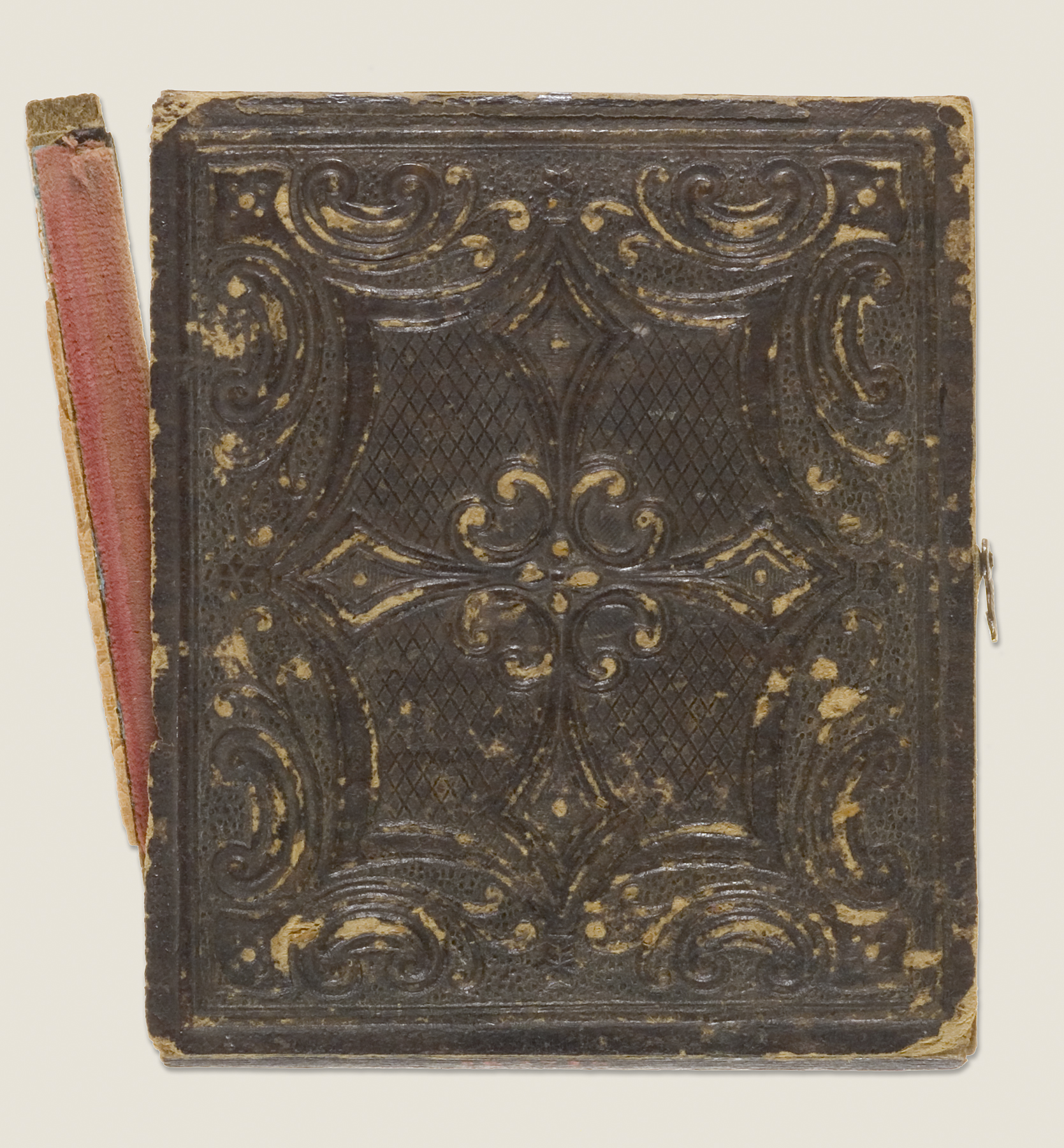portrait of girl, unknown maker
Artwork Overview
unknown maker, artist
portrait of girl,
circa 1850
Where object was made: unknown
Material/technique: daguerreotype
Dimensions:
Image Dimensions Height/Width (Height x Width): 8.3 x 7 cm
Image Dimensions Height/Width (Height x Width): 3 1/4 x 2 3/4 in
Image Dimensions Height/Width (Height x Width): 8.3 x 7 cm
Image Dimensions Height/Width (Height x Width): 3 1/4 x 2 3/4 in
Credit line: William Bridges Thayer Memorial
Accession number: 1928.3724
Not on display
If you wish to reproduce this image, please submit an image request


